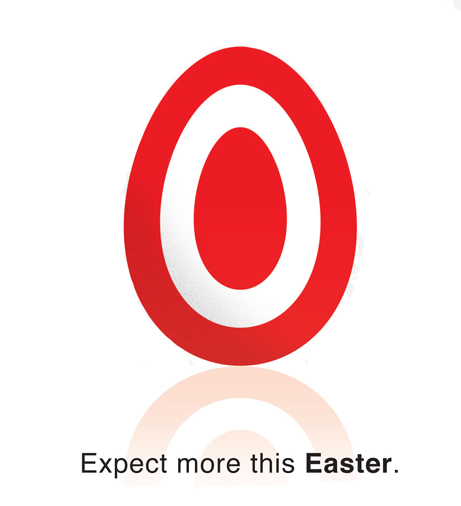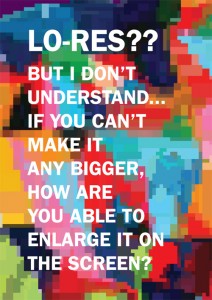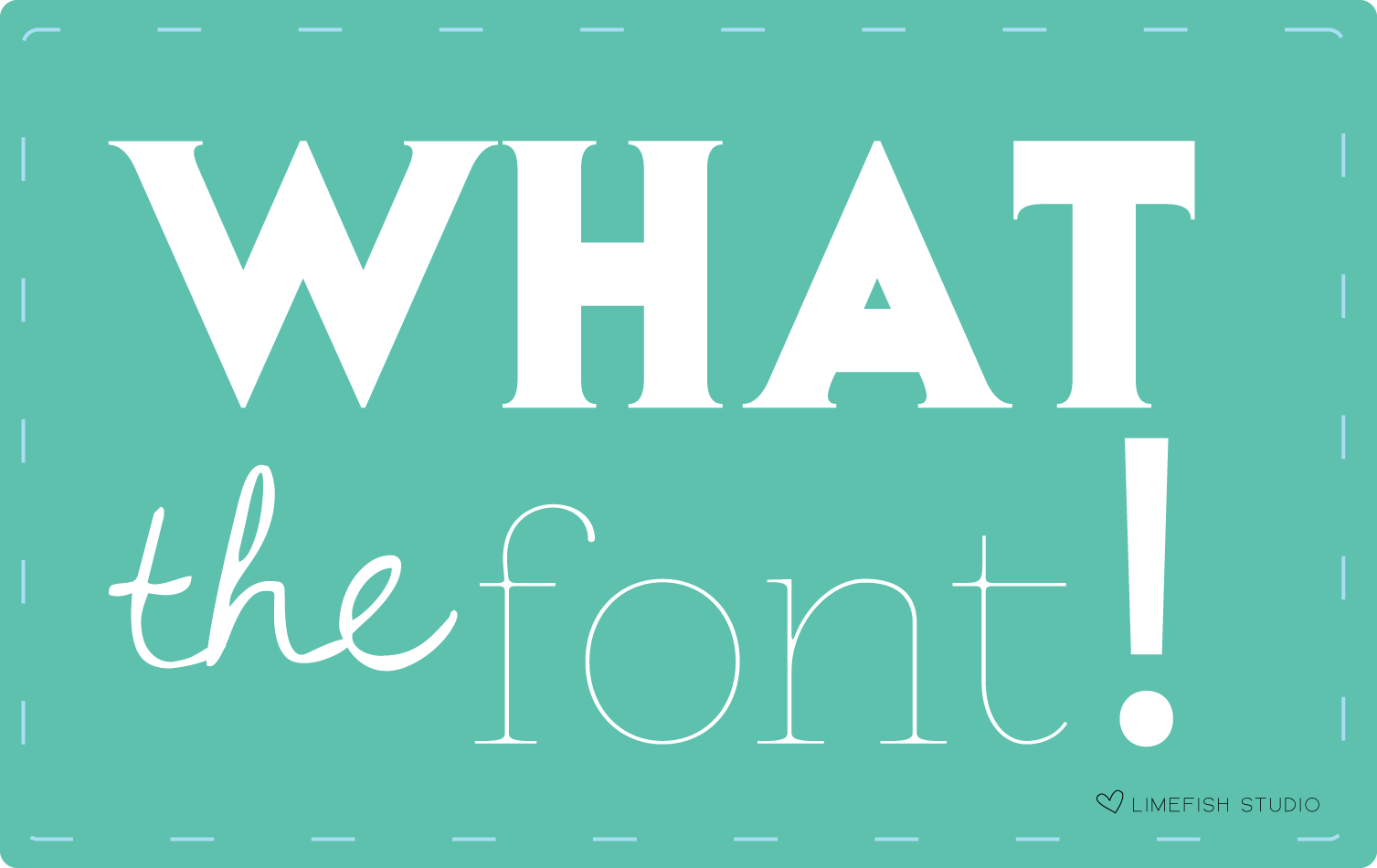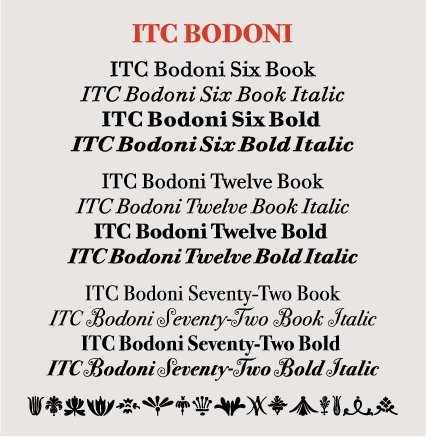
This is just one example of Easter ad’s from years past. You’ll find a lot more by clicking on this picture!
When spring arrives there is a lot to look forward to like warmer weather, brighter colors, beautiful flowers, and of course Easter!! One of the most celebrated holidays, Easter is among a favorite of many. It is observed here in the states and across the world.
An Article in Women’s Day Magazine called ‘Easter Traditions from Around the World’, shares that
“In some parts of Western Finland, people burn bonfires on Easter Sunday, a Nordic tradition stemming from the belief that the flames ward off witches who fly around on brooms between Good Friday and Easter Sunday. In Rome, Mass is celebrated on the evening of Holy Saturday, and on Easter Sunday, thousands of visitors congregate in St. Peter’s Square to await the Pope’s blessing from the church’s balcony, known as “Urbi et Orbi” (To the City and to the World).”
My favorite tradition is in France.
“Each year a giant omelet is served up in the town’s main square. The omelet uses more than 4,500 eggs and feeds up to 1,000 people. The story goes, when Napoleon and his army were traveling through the south of France, they stopped in a small town and ate omelets. Napoleon liked his so much that he ordered the townspeople to gather their eggs and make a giant omelet for his army the next day.”
Here in the States we have our own Easter traditions that we look forward to each year. For example, the Easter Bunny coming to everyone’s houses with Easter baskets, coloring eggs, hiding the eggs, and of course the chocolate bunny! The question is though how did we come up with these Easter traditions? Being of German heritage I was fascinated to find out that the Easter bunny originated among German Lutherans. It was used to judge the behavior of children during the Eastertide season much like Santa Claus at Christmas. If the children were good throughout the year the Easter bunny brings candy and colored eggs.
Wikipedia says that the “The custom of the Easter egg, however, originated in the early Christians of Mesopotamia, who stained eggs red in memory of the blood of Christ, shed at his crucifixion. The Christian Church officially adopted the custom, regarding the eggs as a symbol of the resurrection. Easter eggs are also a widely popular symbol of new life in Bulgaria, Poland, Romania, Russia, Ukraine, and other Central European countries.”
As for the delicious chocolate bunnies that children around the world receive in their Easter baskets… well those started during World War II. A Foodimentary article says that “the chocolate bunny can be searched back to the 19th century as a by-product of World War II coco rationing in Germany.”
SweetCityCandy.com reports that, “Americans buy more than 60 million of these chocolate bunnies each year, which undoubtedly makes Easter one of the biggest candy-eating holidays.” Big holidays such as Easter, Thanksgiving and Christmas use the holiday to promote their product. Many large corporations such as Target, M&M’s and Subaru have used this holiday in their marketing campaigns.
I hope you all get chocolate bunnies in your baskets and that you all get to celebrate your own traditions with family and friends! Have a very happy Easter everyone!
Contributed by Crista Kling.

Sources:
http://www.womansday.com/life/easter-traditions-from-around-the-world-105074
http://en.wikipedia.org/wiki/Easter_egg
http://foodimentary.com/2012/04/03/a-history-of-chocolate-bunnies/
http://www.1designperday.com/2013/03/11/45-most-creative-easter-advertisements/















 image being online and an image being public domain.
image being online and an image being public domain.



